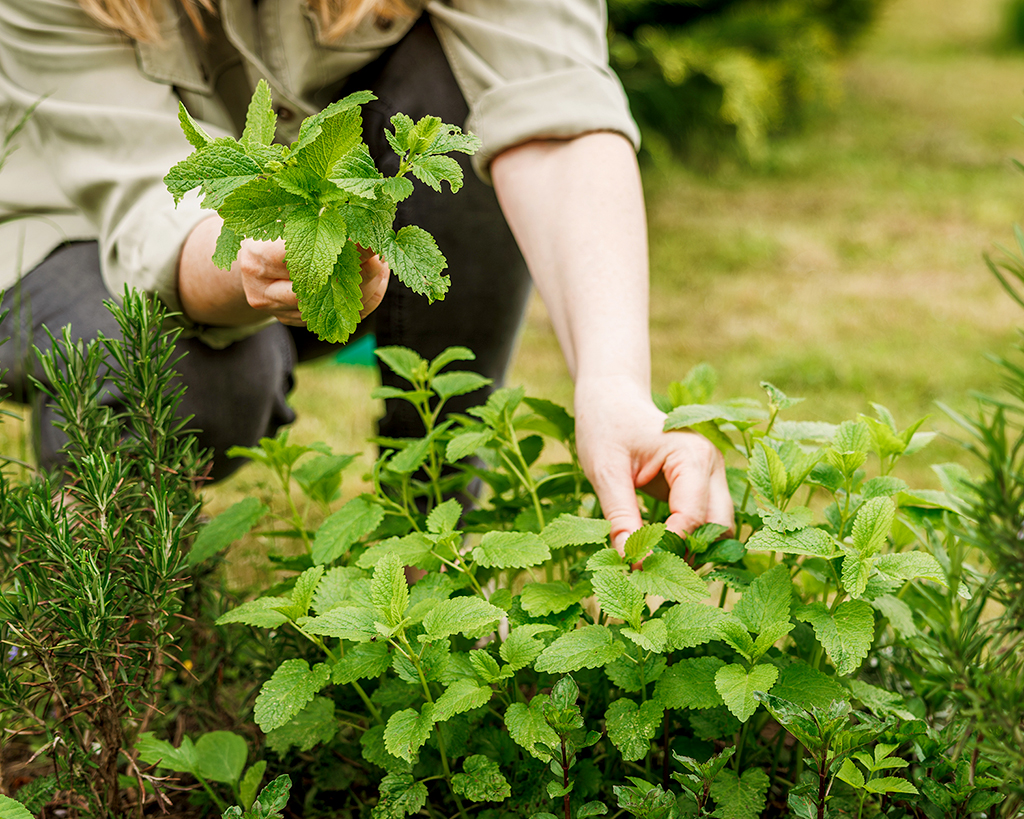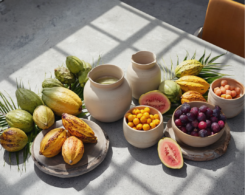A fresh summer medley
Imagine the joy of summer, brought to life by a vibrant bunch of fresh herbs! Think about the refreshing scent of mint wafting from a window box, the tantalizing aroma of basil, and the pungent baby chives sprouting on a kitchen counter. In all their abundance, these plants are easy to cook with and offer a delightful way to add exciting taste profiles to any meal. The global fresh herbs market is rising and is expected to expand at a CAGR of 5.98%, reaching USD 4584.75 million by 2027. Many plants can be considered herbs, including edible flowers. Herbs form a special kind of plants; nature presents them as a gift, serving various purposes for humans, from culinary to medicinal, cosmetic, and even coloring (dyes). Many of them offer the perfect choice for container gardening this time of year; read on to embark on a journey to explore trending herbs, learn how to grow and use them, and share experiences.
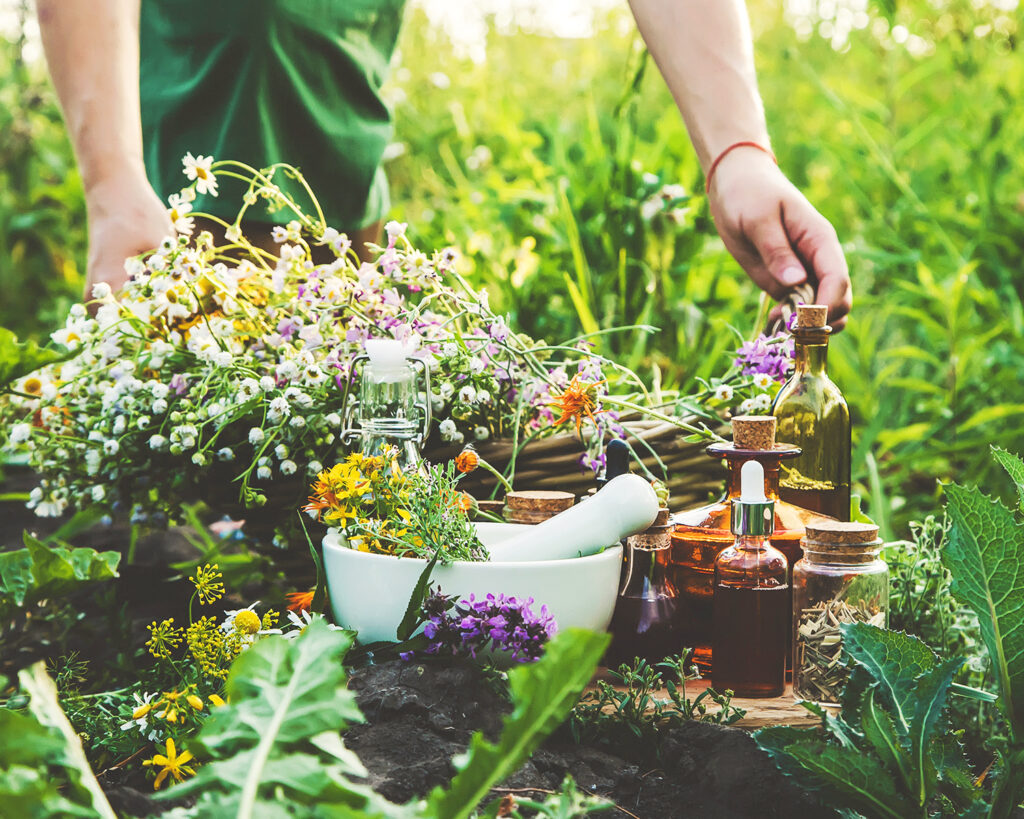
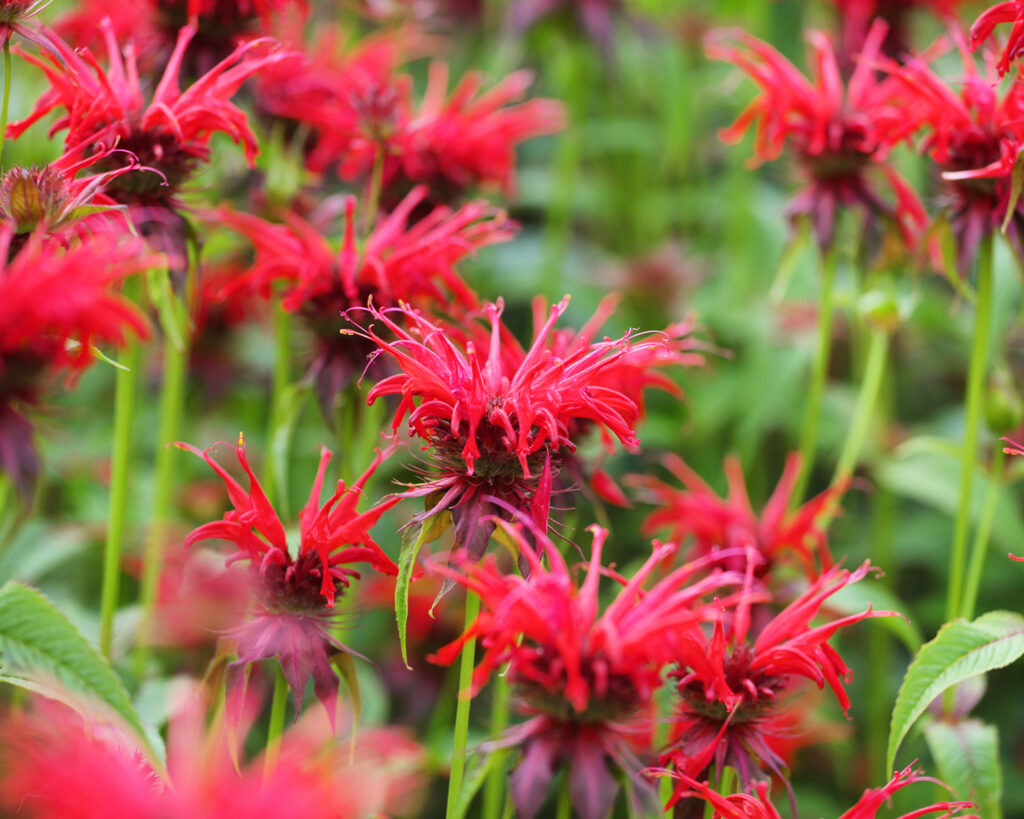
What’s trending?
Supplement experts Glanbia predict that adaptogenic herbs like ginseng, rhodiola, and ashwagandha will trend upwards, given their historical use in helping the body adapt to stress. Basil, a popular culinary addition, has gained more interest, with new organic varieties resistant to downy mildew. Pegplant, a source for trending and new herb additions, has noted the rising popularity of Beebalm and ‘Panorama Red.’ The red flowers of ‘Panorama Red’ work perfectly for garnishing desserts and fruit salads, while its foliage enriches syrups or tea. Trend analysis firm SPATE has been reporting on two lesser-known herb varietals: shiso leaf and culantro. Shiso offers a citrusy aromatic herb traditionally served in whole-leaf form in Japanese dishes, including sushi and sashimi. A botanical relative of mint, this herb has been growing in popularity. Culantro (not a typo!) offers a herb similar in flavor and aroma to widely beloved cilantro with heartier leaves that can go into soups, stews, and stir-fries. Culantro offers a more robust, concentrated flavor than cilantro and features recipes from the Caribbean, Central and South America, and Asia.

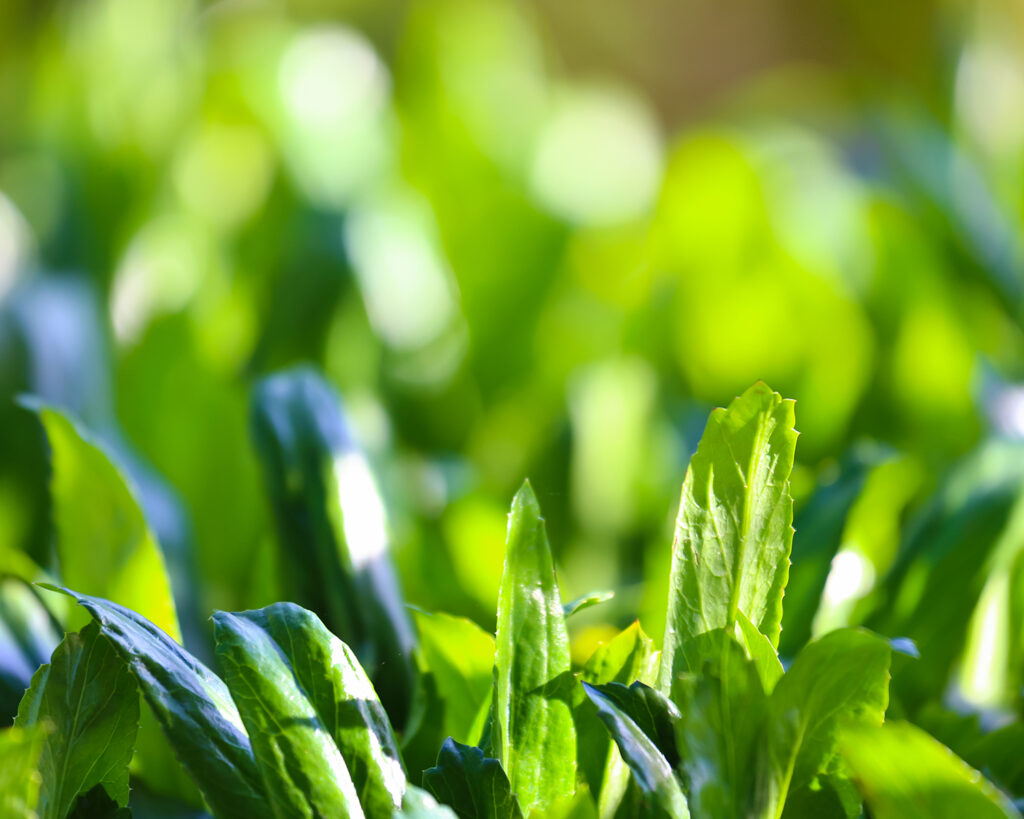
Growing your indoor herb garden
Indoor herb gardening provides a convenient and rewarding way to bring nature into your home. Herbs that grow in pots, also known as potted herbs, are shrubs that can quickly be grown in containers. Per Business Research Insights, the pandemic sparked a renewed interest in gardening, with more work-from-home time and the cultivation of hobbies. Many people have started purchasing planted herbs from nurseries or growing them from seeds, a movement that continues to grow. Unlike herbs placed outside that can rot during the winter, indoor gardening allows you to harvest herbs regardless of the season. The Budgrower offers the “Best Herbs to Grow Indoors” and valuable tips for “How to Grow Herbs Indoors.” They suggest an inexpensive route to cut from an existing herb plant and place it in water until it forms roots. Using small plants from a garden store offers a faster alternative. They also advise selecting a pot with drainage holes and sufficient water, picking a sunny spot, and avoiding harvesting too much at one time. Cutting more than 1⁄4 of a plant can cause trouble or even eliminate a particular herb!
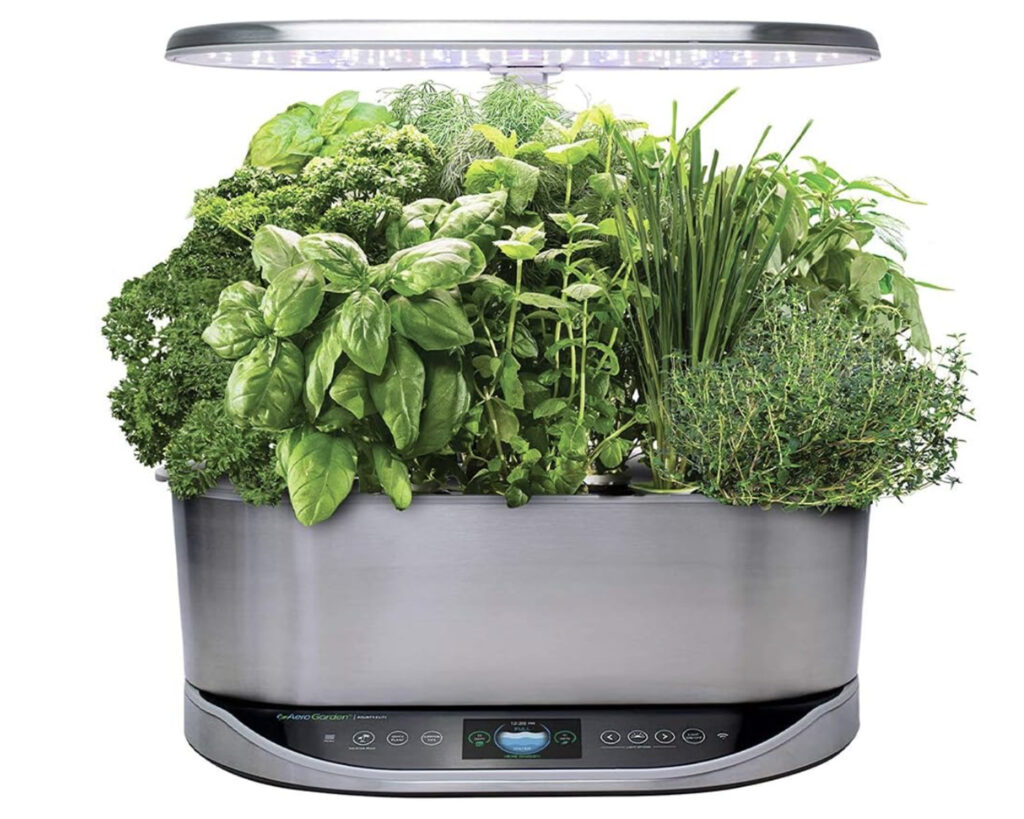
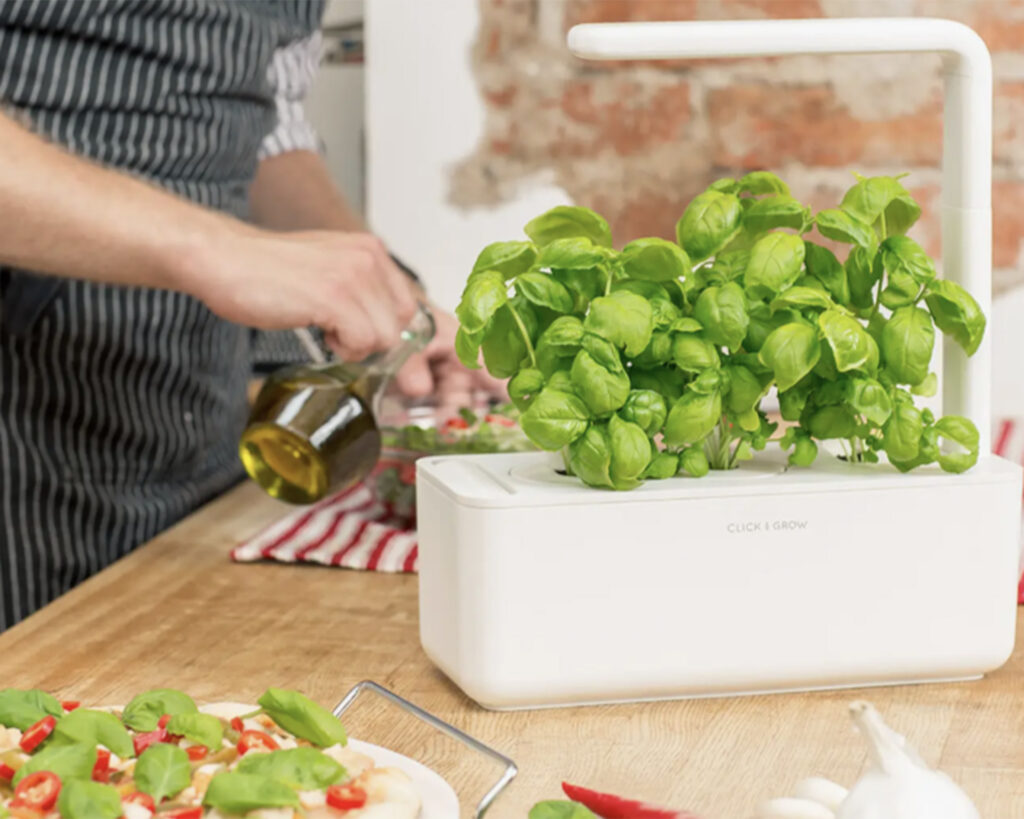
Taking the easy route
While not budget-minded, Food & Wine suggests splurging on AeroGarden Bounty Elite, an indoor herb garden with LED grow light, Wi-Fi, and Alexa compatibility housed in a chic stainless steel container. For a smaller footprint, consider Smart Garden 3 Self-Watering Indoor Garden. Serious Eats also recommends these two in their rigorous herb garden testing. In addition to appreciating these easy gardening products, Business Insider offers plenty of tips to avoid pesky insects and fungus (fortunately less common inside).
Symrise follows and supports consumer trends, including this health-conscious movement in garden herbs. New products will provide a range of convenient taste profiles, and single herb extracts will play into the trend. Let us know your favorites in the comments below!

